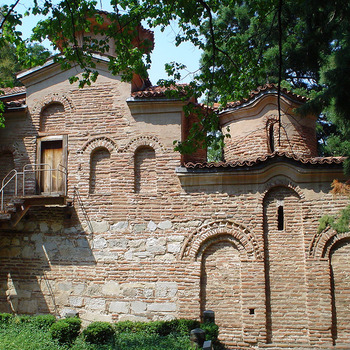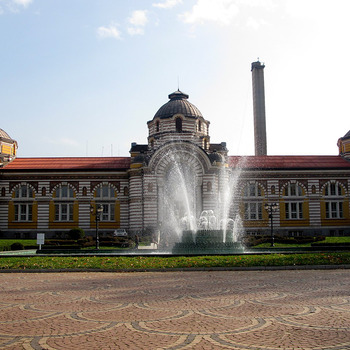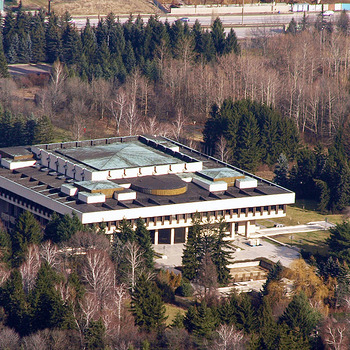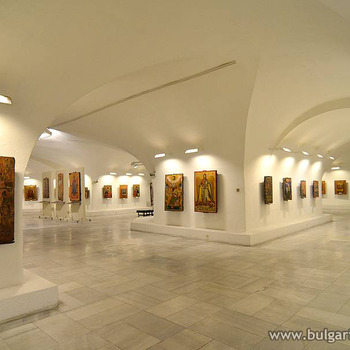Ancient Serdika - Eastern gate - Sofia
Overview
The eastern gate of Serdika-Sredets is associated with the defense of the city from the II to the XIV century.
The stone blocks, the two pentagonal towers, the outer gate with a sliding door, and the inner gate with three passages, date from the time of Emperor Justinian I (527-565).
When the fortress wall was first built, the gate was a solid three-passage body - one wide, central arched passage for vehicles and two narrower - for pedestrians. The fortress wall from this period was built entirely of bricks, on a plinth of stone blocks. The wall was completely rebuilt for the second time in the 3rd - early 4th century, but the eastern gate has not been significantly changed. Under Justinian I, the gate was equipped with two pentagonal towers that guarded a passage of massive stone blocks. The passage between the earlier three-part gate and the later one-part gate was guarded by two small doors formed in the pentagonal towers. With some alterations, the eastern gate retained its appearance in the Middle Ages.
The first excavations at the eastern gate of ancient Serdica began in 1966 after archeological remains were accidentally discovered during subway construction work. The East Gate subway was officially opened in 1971 after detailed archaeological research. In the period 1993-1999, the subway did not function. In 1999 the subway was reconstructed. Conservation and restoration works of the archeological monuments have been carried out and the Eastern gate of Serdica complex has been reopened.
Recommended
- St. Nedelya Cathedral
- Church St. George Rotunda
- National Archaeological Institute with Museum
- West gate of Serdica


 Bulgarian
Bulgarian Romanian
Romanian




